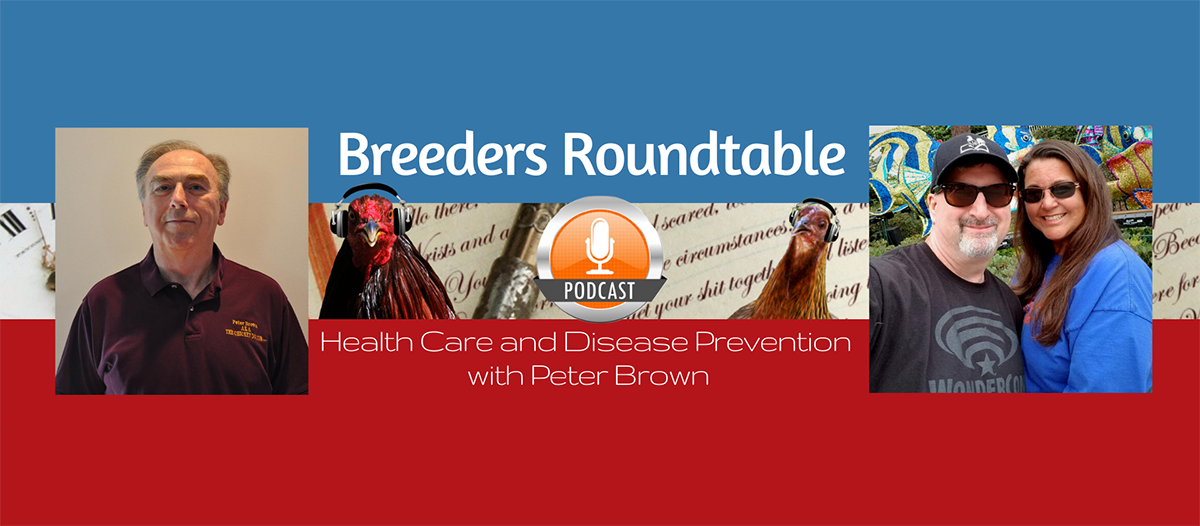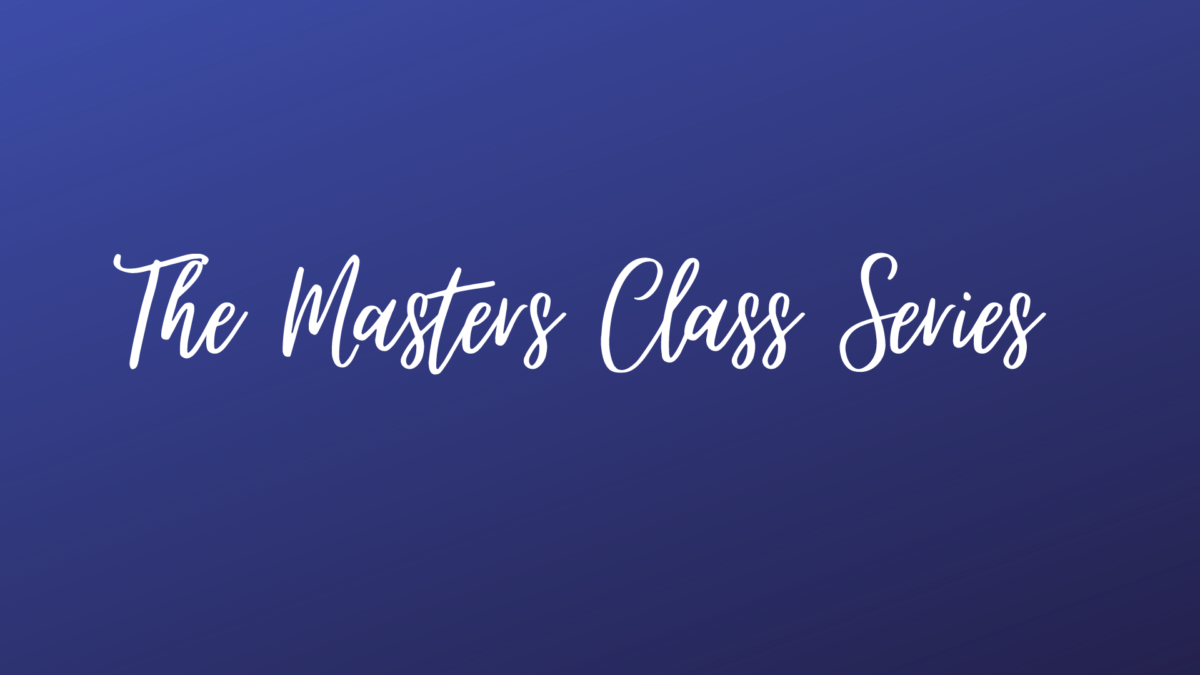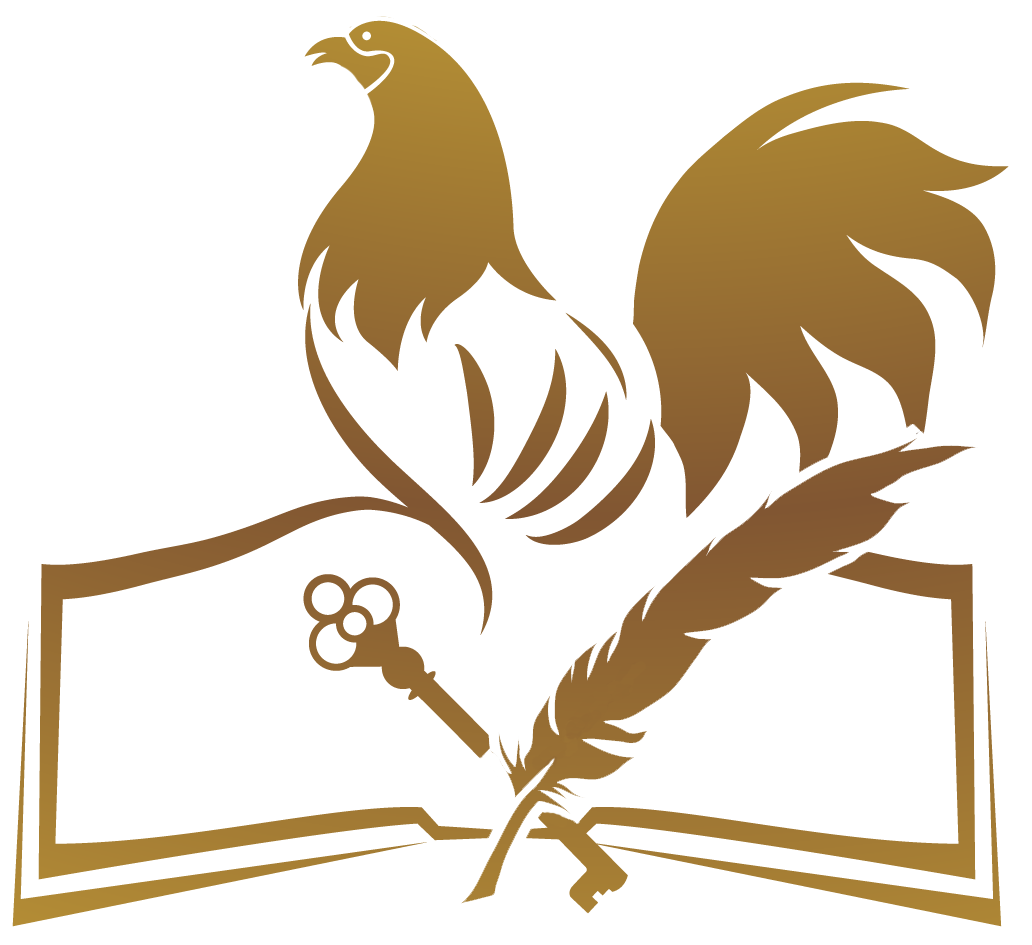-
Kenny Troiano and
Chris Vargas are now friends 2 years, 6 months ago
-
Kenny Troiano wrote a new post 2 years, 7 months ago
Segunda Ley de la Herencia de Gregor Mendel
Desarrollada por Gregor Mendel, la “Ley de la Diversidad Independiente”, también conocida como “Ley de la Herencia”, es la segunda de las dos grandiosas contribu […]

-
Kenny Troiano and
 Fgonzalez are now friends 2 years, 7 months ago
Fgonzalez are now friends 2 years, 7 months ago -
Kenny Troiano wrote a new post 2 years, 7 months ago
Primera ley de la Herencia de Gregor Mendel
Gregor Mendel, conocido como el “padre de la genética moderna”, estudió las variaciones en plantas de chícharos. Entre 1856 y 1863, Mendel cultivó y analizó 29,000 p […]
-
Kenny Troiano wrote a new post 2 years, 7 months ago
“El poder de Selección, ya sea ejercido por el hombre o puesto en juego por la naturaleza a través del forcejeo por la existencia y la sobrevivencia subsecuente del más apto, depende absolutamente de la vari […]

-
Kenny Troiano wrote a new post 2 years, 7 months ago
As you probably noticed, there have been many changes to the Breeders Academy, and to the information and material, within the Academy. Much of this is due to the Masters Class Video Series.
The Masters Class […]

-
Kenny Troiano and
 yonis parada are now friends 2 years, 8 months ago
yonis parada are now friends 2 years, 8 months ago -
Kenny Troiano wrote a new post 2 years, 8 months ago
En los periódicos sobre gallos de pelea, a menudo leemos sobre dos maneras diferentes de criar. Una se llama Mestizaje y la otra se llama Endogamia.
En el mestizaje el criador simplemente intenta encontrar las […]

-
Kenny Troiano wrote a new post 2 years, 8 months ago
Hello Breeders Academy Members
Join us Sunday for the “Members Live Q&A,” and the Members Interviews.
This Sunday, along with the Members Live Q&A, we are going to continue our Recordings with our Memb […]

-
Kenny Troiano wrote a new post 2 years, 8 months ago
Avian Influenza with Dr. Rodrigo Gallardo and Peter Brown
 Avian Influenza: Protecting Birds and People (9-8-24) Join us as we talk with Peter Brown, known as the “Chicken Doctor,” abo […]
Avian Influenza: Protecting Birds and People (9-8-24) Join us as we talk with Peter Brown, known as the “Chicken Doctor,” abo […] -
Kenny Troiano wrote a new post 2 years, 8 months ago
¿Son cambios, producidos por el ambiente, heredados?
Ha habido un poco de discusión en estos días sobre las características adquiridas – ¿son cambios producidos por el ambiente heredados? Unos pocos cria […]
-
Kenny Troiano wrote a new post 2 years, 8 months ago
Cuando escuchamos las palabras “homocigoto” y “heterocigoto” pero ¿en realidad sabe lo que significan y cómo afectan la crianza de sus aves? Discutiremos estos términos ahora. Hay también otras dos, “hemicigoto […]

-
Kenny Troiano and
John Lewis are now friends 2 years, 8 months ago
-
Kenny Troiano wrote a new post 2 years, 9 months ago
Discutimos esto anteriormente en el capítulo. De cualquier manera siento que requiere mayor discusión para entender su verdadero valor en la crianza de Gallos Americanos.
Los términos “genotipo” y “fenot […]

-
Kenny Troiano and
Judymcmillan are now friends 2 years, 9 months ago
-
Kenny Troiano wrote a new post 2 years, 9 months ago
Y Co-Dominancia
Una gran cantidad de desviaciones de las leyes de Mendel ha sido descubierta. En esta sección del capítulo discutiremos dos de ellos, “Dominancia Incompleta” y “Co-Dominancia”. La “Dominanc […]
-
Kenny Troiano wrote a new post 2 years, 9 months ago
What are the Most Common Poultry Problems for Backyard Breeders?
 In this episode we are talking with Peter Brown about issues that affect all backyard breeders, and what they can do to treat their […]
In this episode we are talking with Peter Brown about issues that affect all backyard breeders, and what they can do to treat their […] -
Kenny Troiano wrote a new post 2 years, 9 months ago
Características y Rasgos Dominantes y Recesivos
(Este es el primer principio básico de herencia que Mendel
descubrió, pero es mejor conocido como Tercera Ley de la Herencia de Gregorio Mendel)
En uno de los ex […]
-
Kenny Troiano wrote a new post 2 years, 9 months ago
“He llamado a este principio, en el cual se preserva cualquier ligera variación, si es útil, con el término de Selección Natural.” – Charles Darwin
Como se conoce, el pollo doméstico posee numerosas caracterí […]

-
Kenny Troiano wrote a new post 2 years, 9 months ago
THE MATING METHODS WE USED FOR CREATING OUR STRAINS – Lesson 7
 Here is the Raw footage of Lesson 7. Soon I will post the edited version, with all the show notes. Enjoy! MATING METHODS USED FOR […]
Here is the Raw footage of Lesson 7. Soon I will post the edited version, with all the show notes. Enjoy! MATING METHODS USED FOR […]-
Hay boys I am getting it and really enjoying my time this winter honing my breeding skills keep up the good work . Norman Redick
-
Thanks Norman,
Glad you are enjoying the Academy!
-
-
Hey Rob, be careful about mixing many breeds, in order to create one. I’ve seen it many times, where breeders are always adding new blood, thinking that those birds have what theirs is missing, when in truth, most of those traits are improved through selectively breeding from the available offspring. Selecting the ones with the highest intensity for those traits. Most of the time, constantly adding new blood only creates a genetic mess. Understand that a strain will never be created until the flow of outside genes stops, and you then select the desirable traits, while culling the undesired. Once you start to see some uniformity and consistency, Thats when you know you have a strain. I suggest that you work on your foundation line, then use a sublime to do all your test breeding, and any addition of new blood. Some day we should do a coaching call to discuss this. I would hate for you to waste time. All you are doing when adding new blood is a recombination of the genes, and starting over. Trust that the variation you will need will express themselves.
-
Awesome! Glad you are using sublines to add blood or to do any experiments. I just have one questions, do you see any of the offspring that have a little longer tail?
-
yep, that’s the biggest reason to do sublimes, to see if they are worth continuing with, and if not, you just eliminate them. As long as you don’t make unknown, unfixable changes to your foundation, you are good. Just expect the foundation to improve slowly and sometimes subtle. As long as the offspring are better than the parents, even a little, you know you are going in the right direction. I can’t wait to see how your birds progress. I was checking out your youtube channel, and I like that you are creating your own strain. awesome!!
-
Awesome, looking forward to talking with you.
-
- Load More

